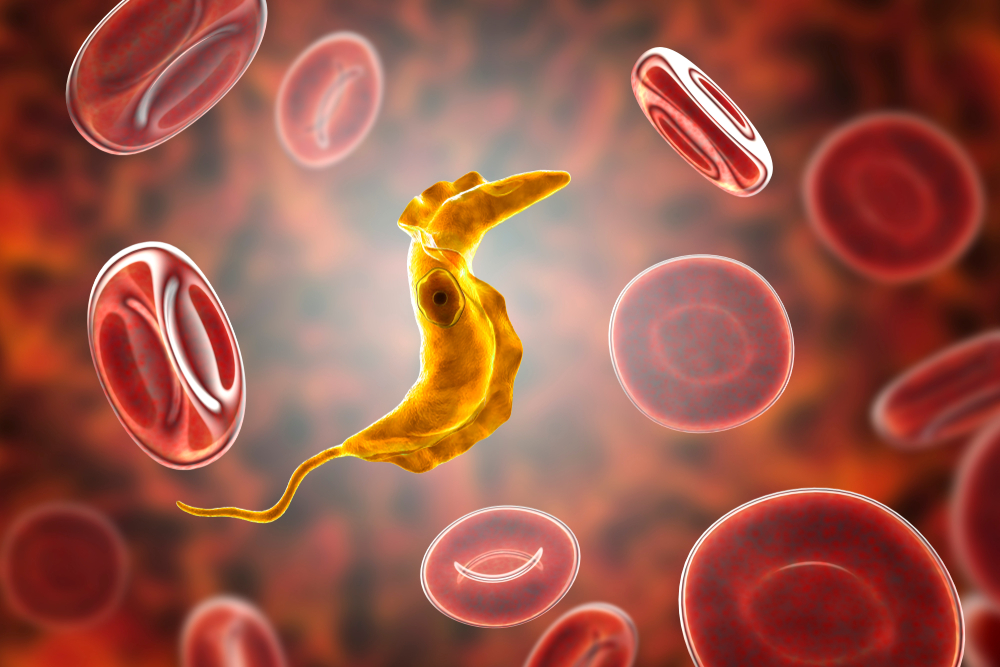Arq. Bras. Cardiol. 2021; 117(6): 1091-1092
The Importance of Understanding the Progression of Myocardial Fibrosis in Chronic Chagas Cardiomyopathy
This Short Editorial is referred by the Research article "Cardiac Fibrosis and Changes in Left Ventricle Function in Patients with Chronic Chagas Heart Disease".
Myocardial fibrosis is one of the most important biological markers of Chagas’ cardiomyopathy and is directly related to the severity of the cardiomyopathy and the stage of the disease. In addition, myocardial fibrosis has prognostic value for major cardiovascular events, with a strong and close relationship with arrhythmic events in these patients.–
Cardiac magnetic resonance (CMR) is the reference imaging method for myocardial fibrosis detection and quantification in many cardiomyopathies, including Chagas cardiomyopathy. Initial studies included patients with Chagas cardiomyopathy at different stages of the disease and clearly demonstrated that the higher the disease severity the larger the amount of myocardial fibrosis. Based on these data and on the natural history of the disease, with progression of left ventricle dysfunction, one could safely infer that myocardial fibrosis progresses with time for any given patient. However, the longitudinal data using CMR in patients with Chagas disease was not available until the publication of the original article in this issue of ABC Cardiol by Santos et al. This is the first study to include data on myocardial fibrosis from two consecutive CMR of the same patient with a relatively long follow-up of 5.4 years. The authors demonstrated an impressive 43% increase of myocardial fibrosis over the follow-up period, which indicates a mean of 7.9% increase per year of myocardial fibrosis detected by CMR.
[…]
1,491

